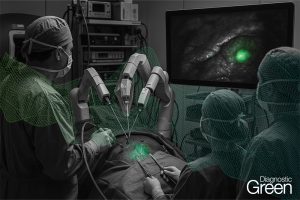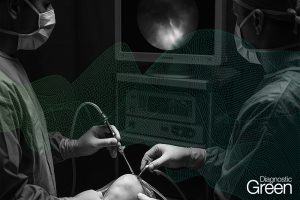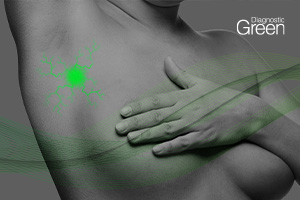Background: This review summarizes the available data on the effectiveness of indocyanine green fluorescence imaging (ICG-FI) for real-time detection of breast cancer (BC) tumors with perioperative imaging technologies.
Methods: PubMed and Scopus databases were exhaustively searched for publications on the use of the real-time ICG-FI evaluation of BC tumors with non-conventional breast imaging technologies.
Results: Twenty-three studies were included in this review. ICG-FI has been used for BC tumor identification in 12 orthotopic animal tumor experiences, 4 studies on animal assessment, and for 7 human clinical applications. The BC tumor-to-background ratio (TBR) was 1.1-8.5 in orthotopic tumor models and 1.4-3.9 in animal experiences. The detection of primary human BC tumors varied from 40% to 100%. The mean TBR reported for human BC varied from 2.1 to 3.7. In two studies evaluating BC surgical margins, good sensitivity (93.3% and 100%) and specificity (60% and 96%) have been reported, with a negative predictive value of ICG-FI to predict margin involvement intraoperatively of 100% in one study.
Conclusions: The use of ICG-FI as a guiding tool for the real-time identification of BC tumors and for the assessment of tumor boundaries is promising. There is great variability between the studies with regard to timing and dose. Further evidence is needed to assess whether ICG-guided BC surgery may be implemented as a standard of care.




